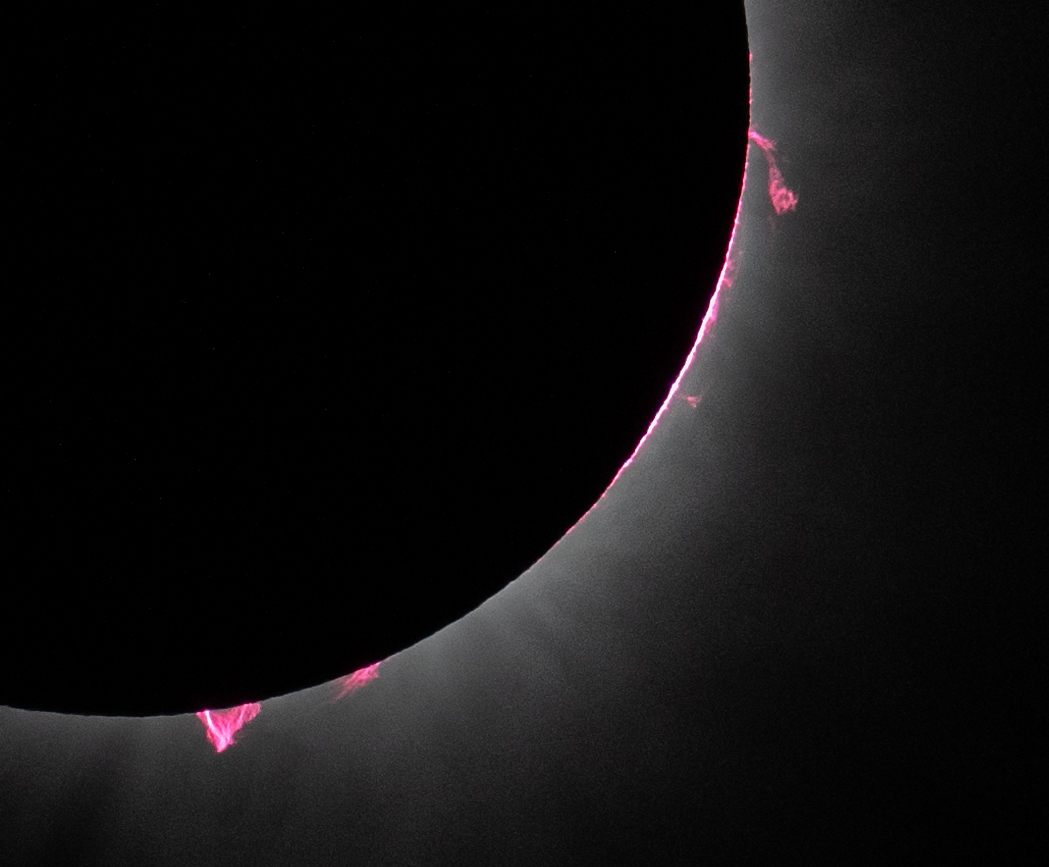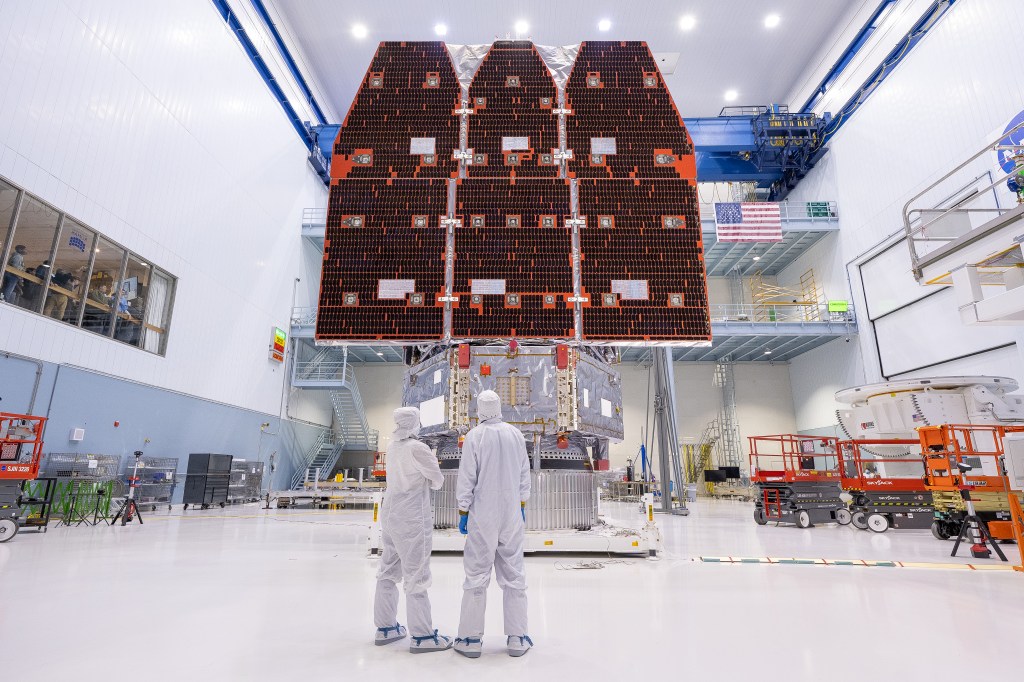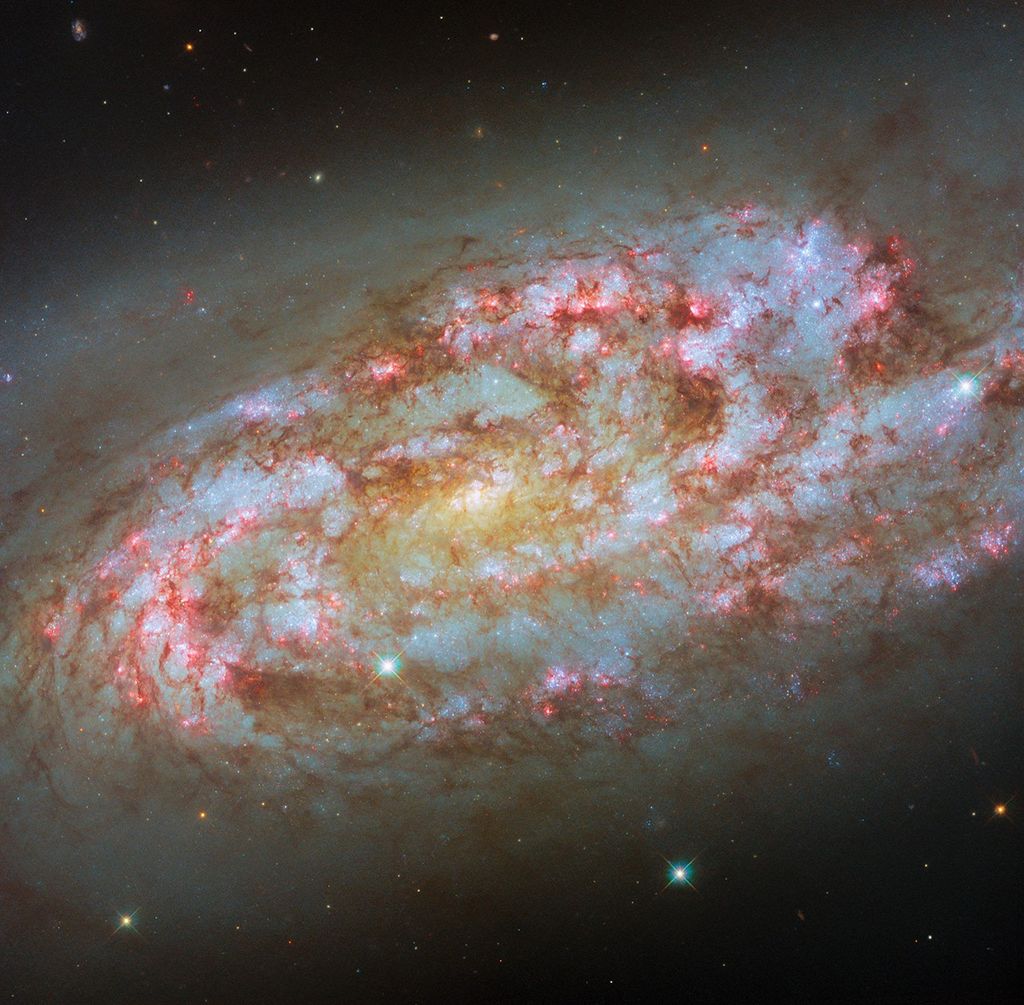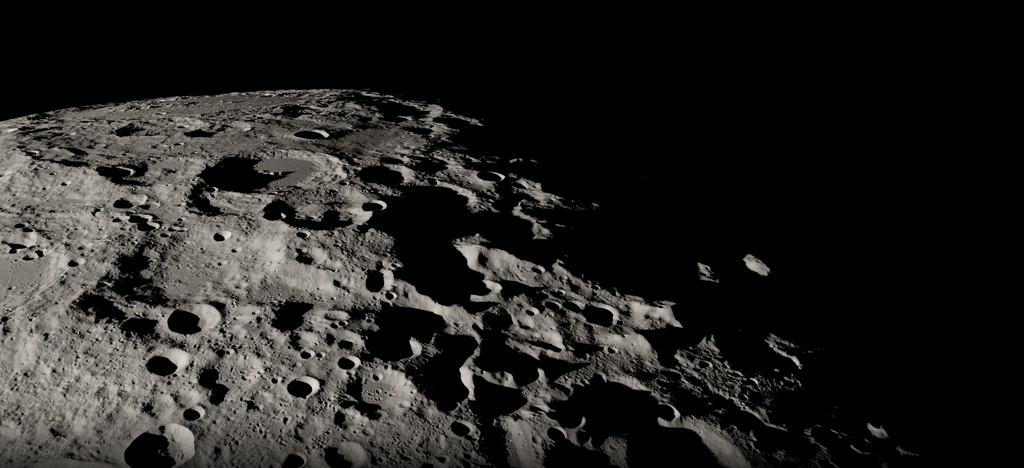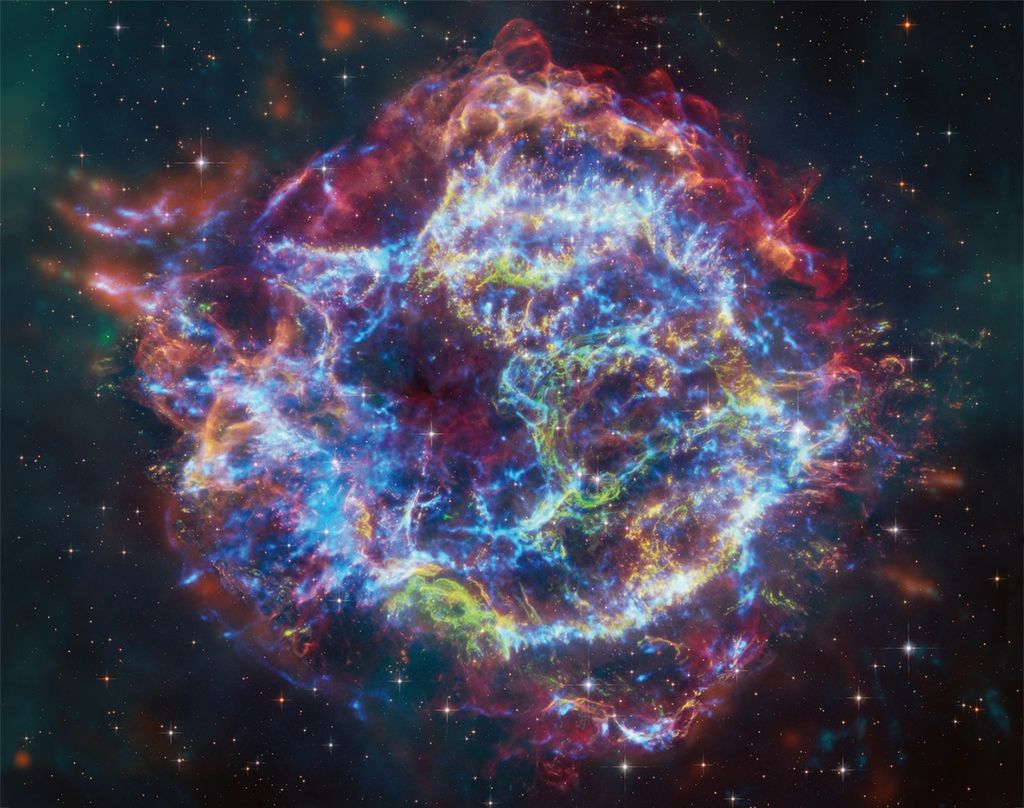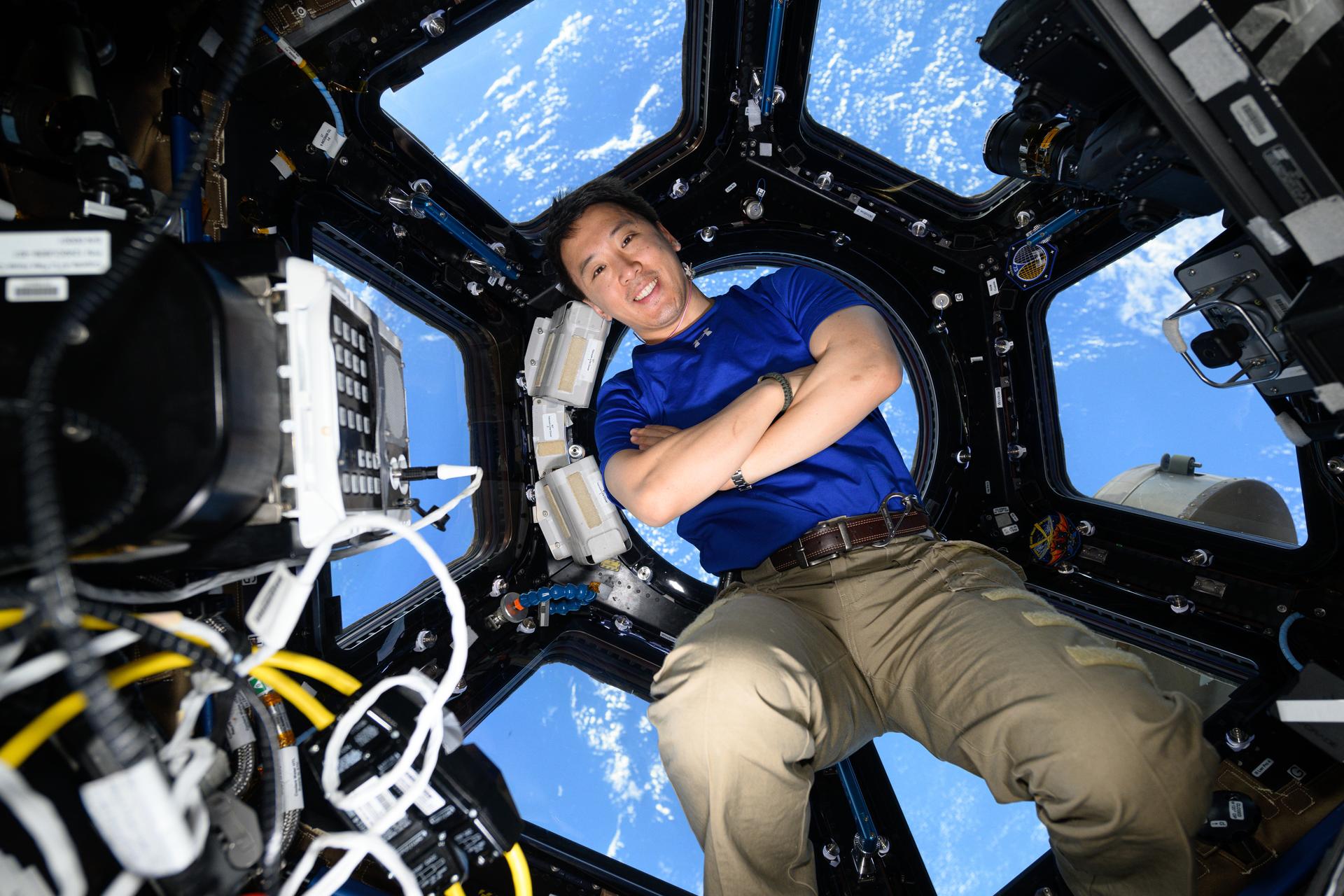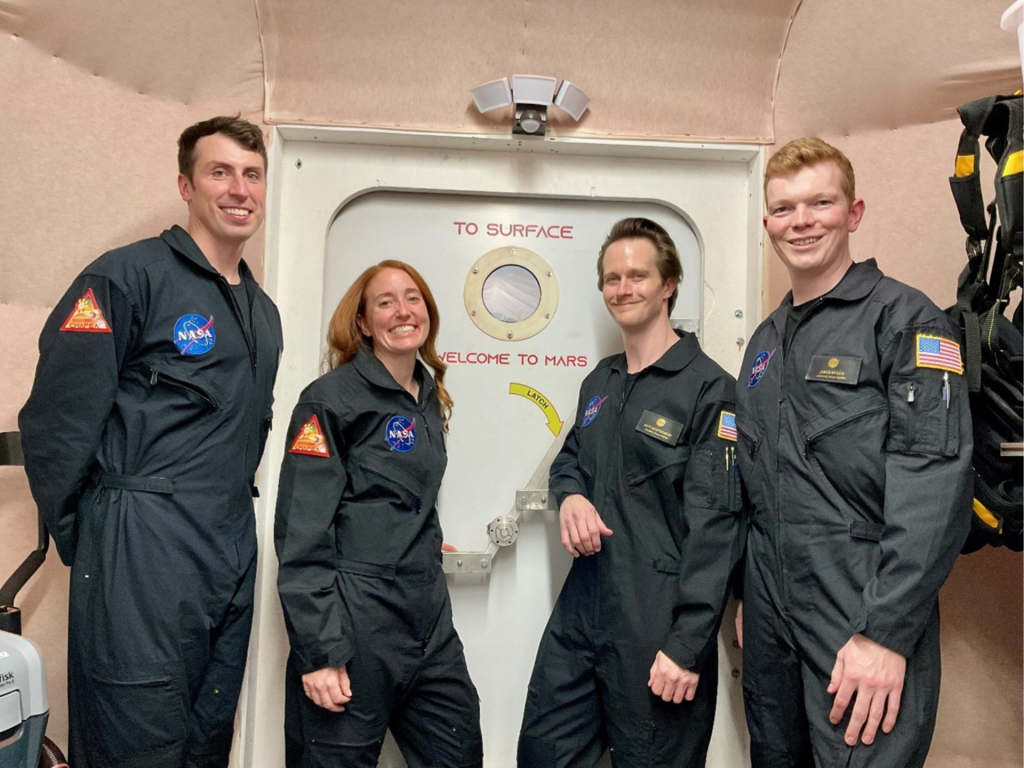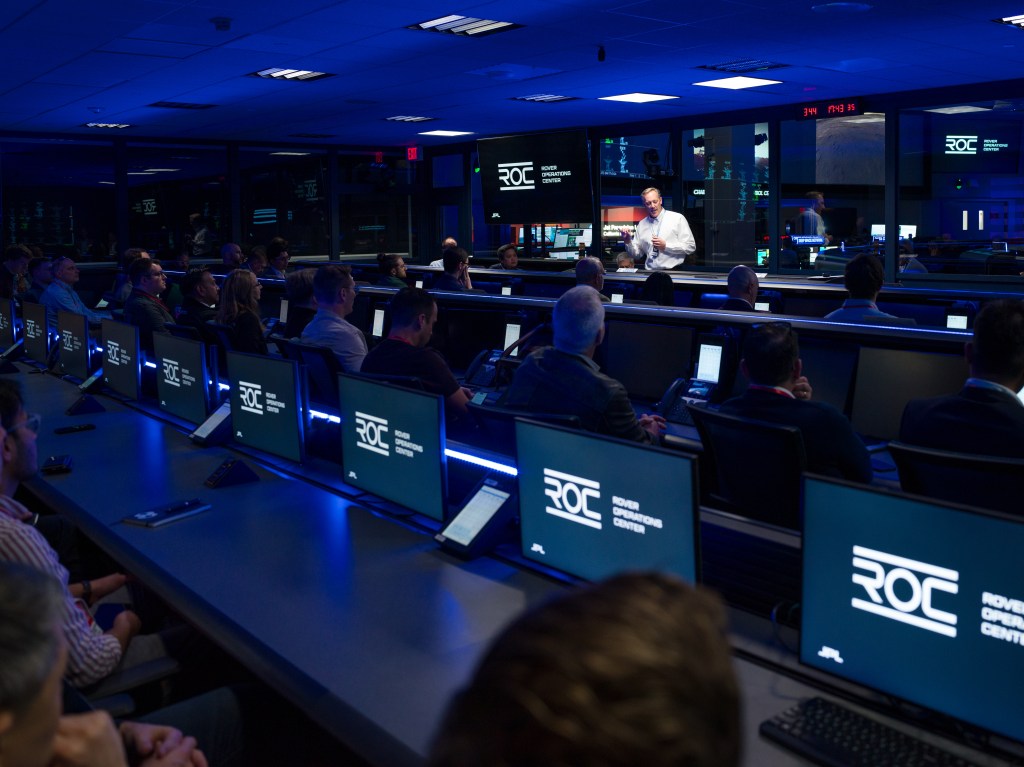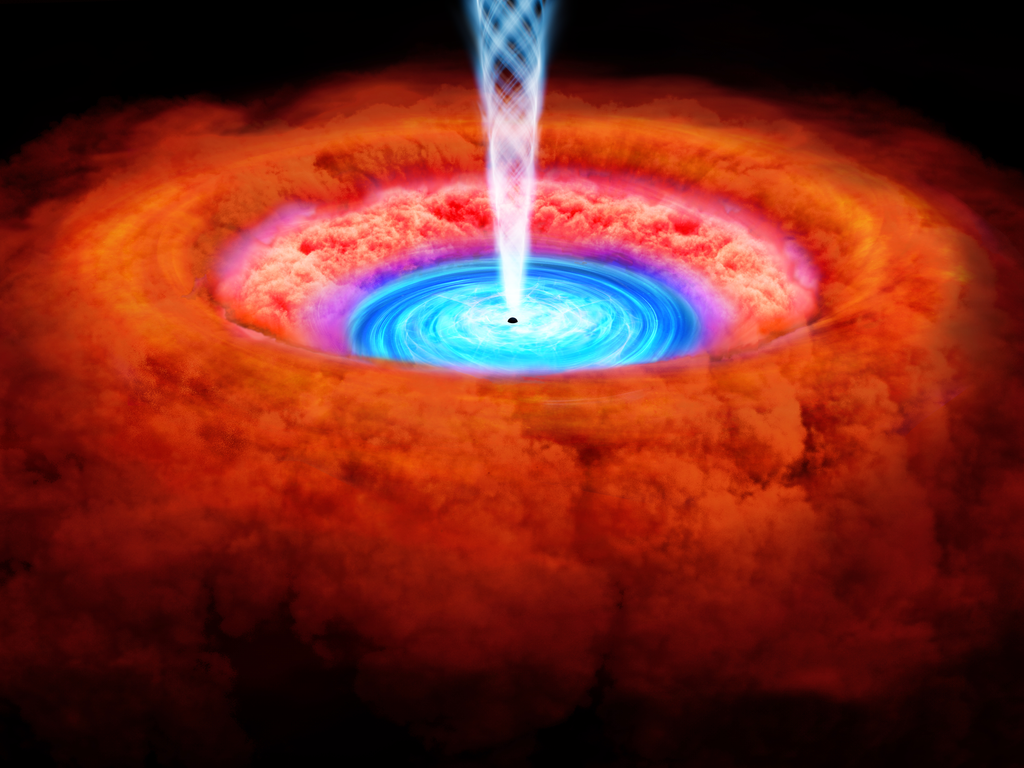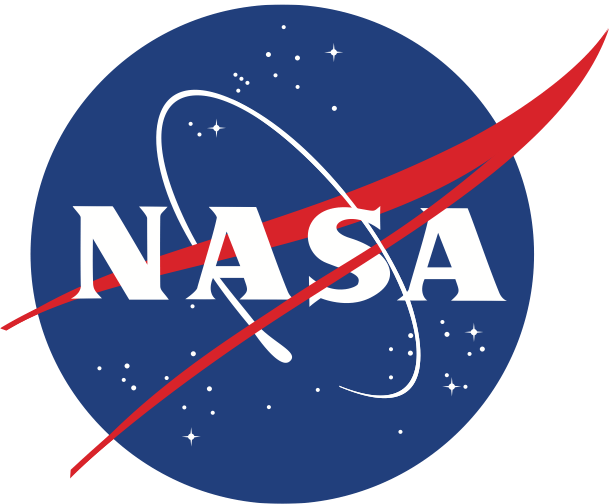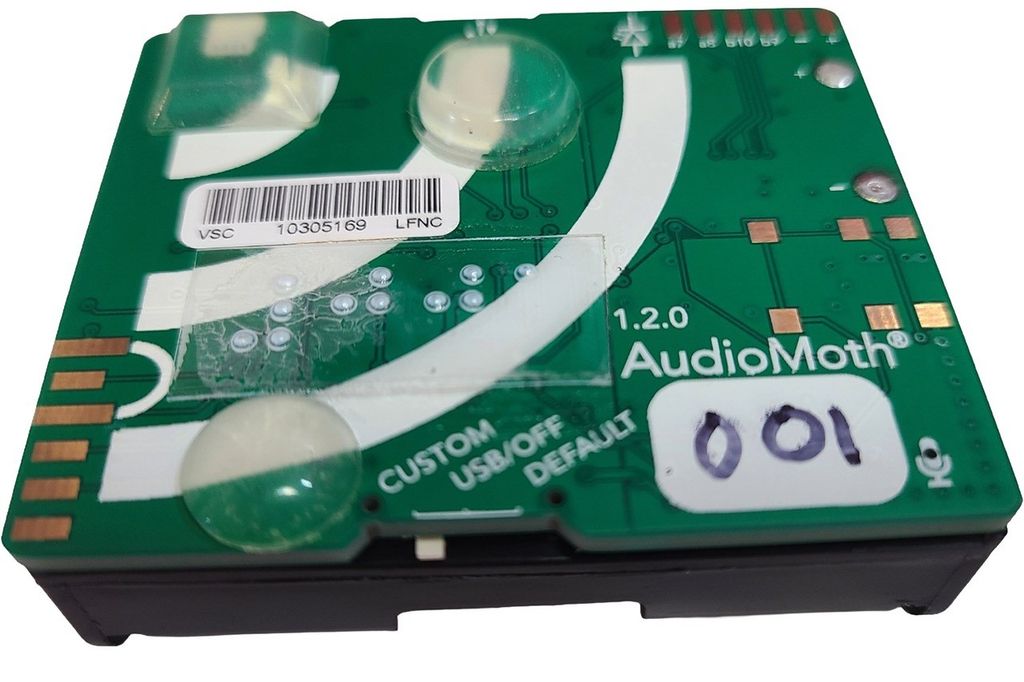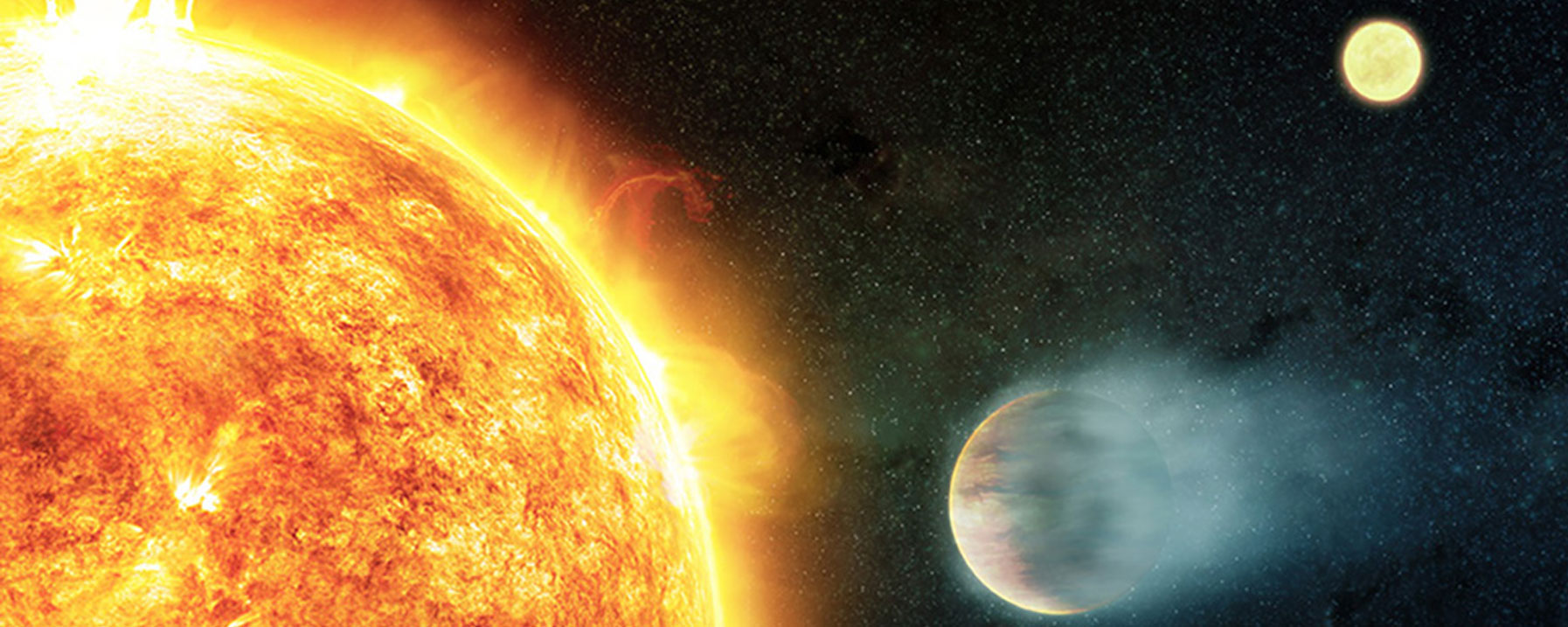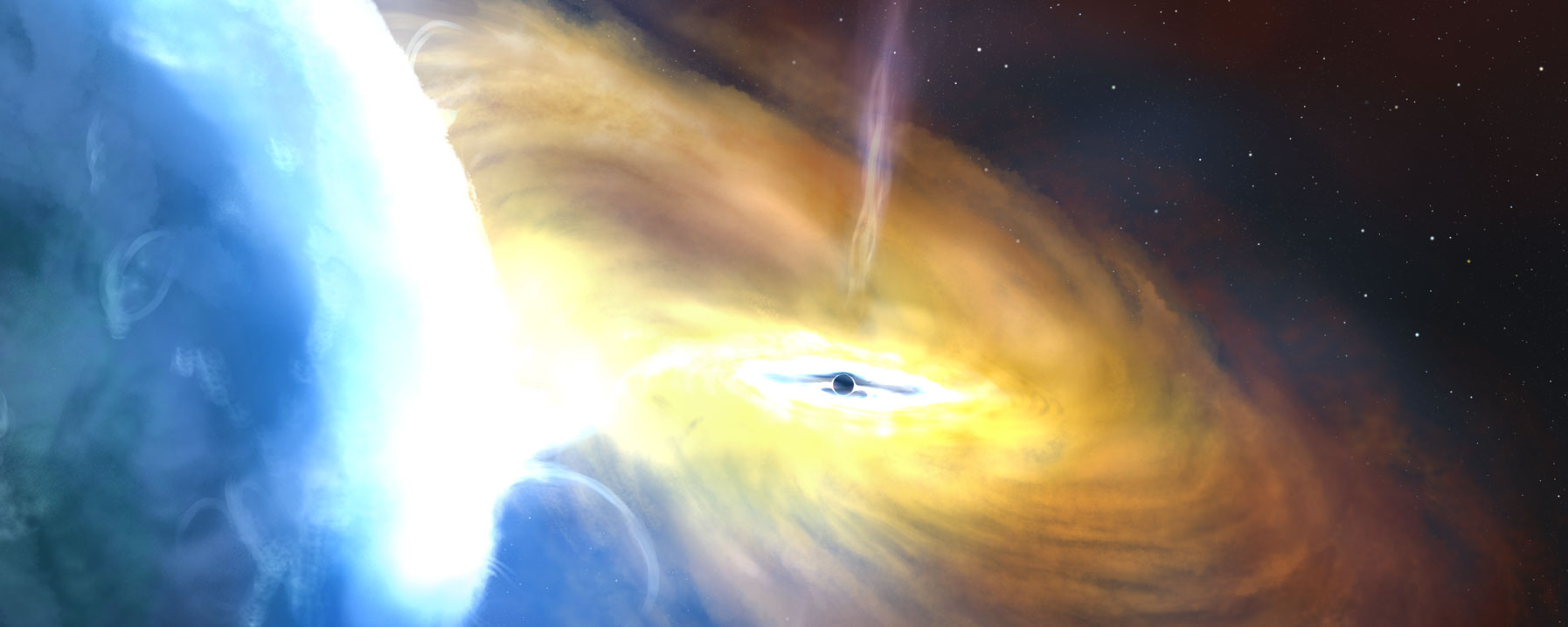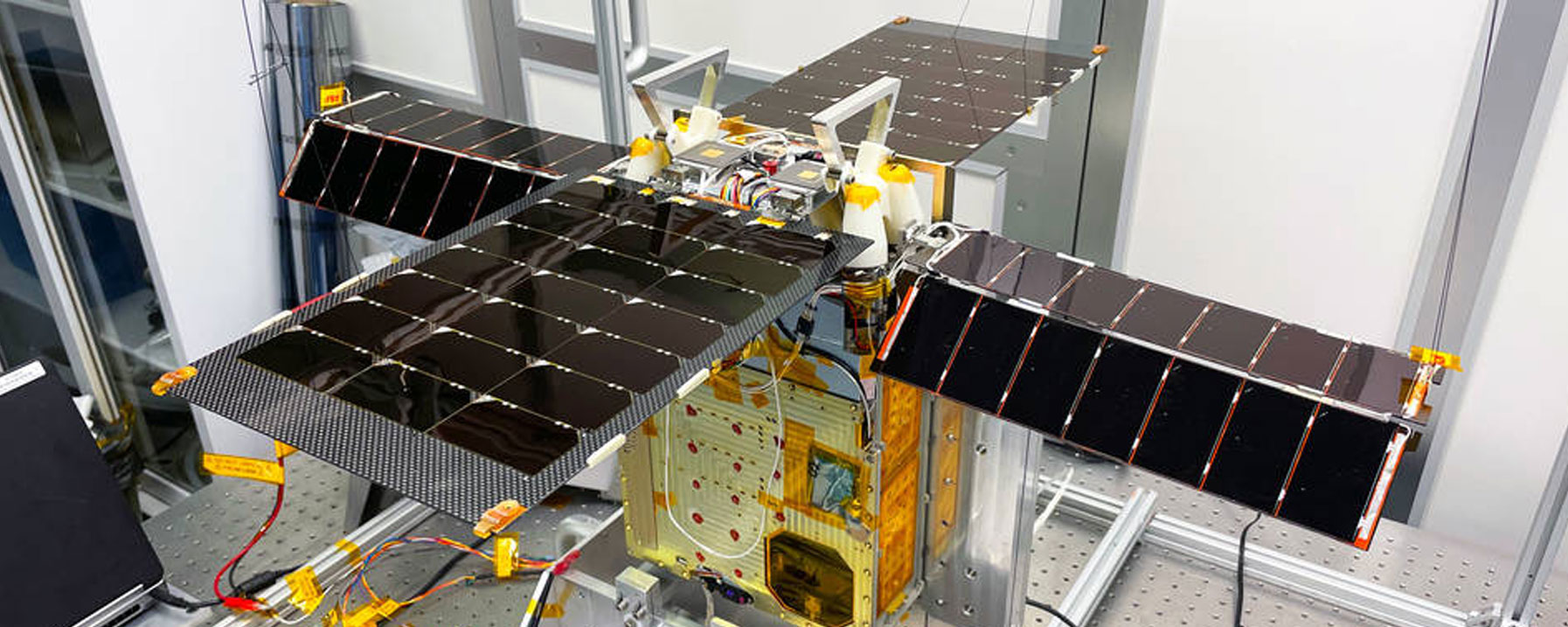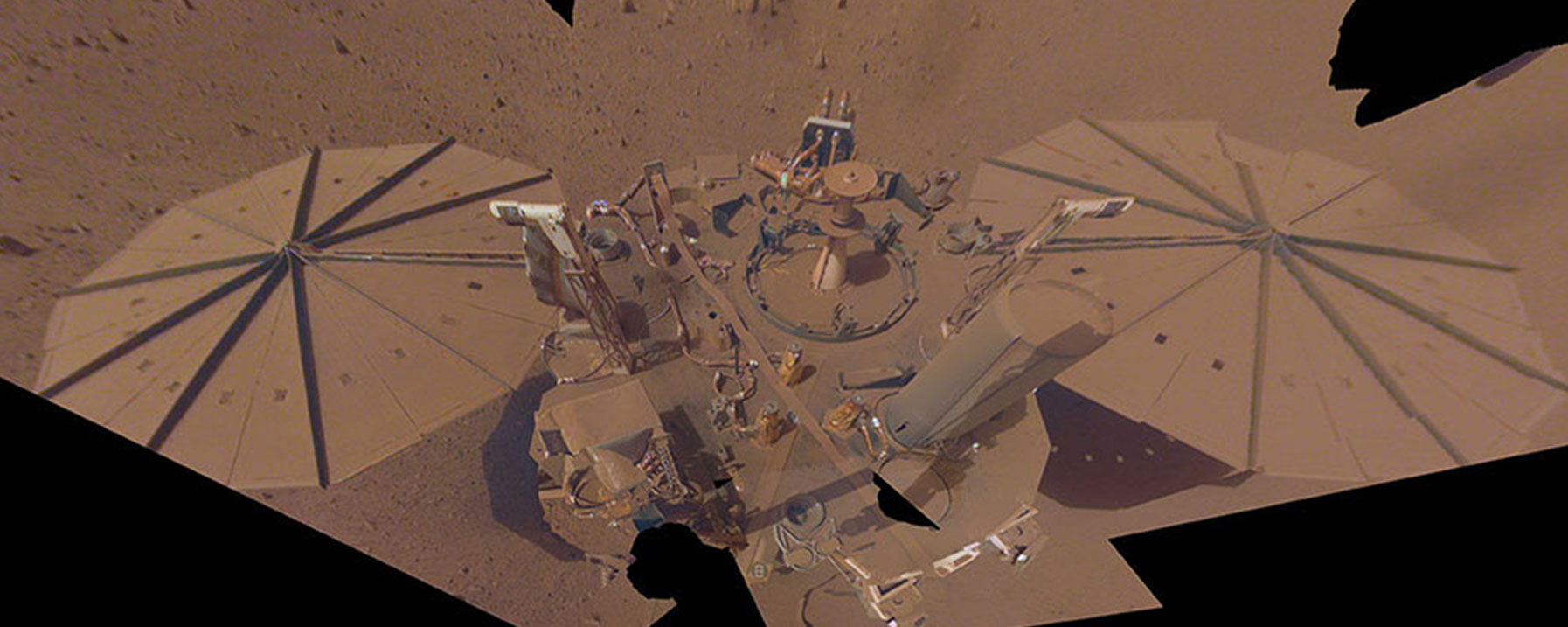Week of October 31 – November 4, 2022
Chandra: Planets Can Be Anti-Aging Formula for Stars
Planets can force their host stars to act younger than their age, according to a new study of multiple systems using NASA’s Chandra X-ray Observatory. This may be the best evidence to date that some planets apparently slow down the aging process for their host stars.
NASA’s IXPE Reveals Shape, Orientation of Hot Matter Around Black Hole
Cygnus X-1, discovered in 1964, was the first cosmic object ever identified as containing a black hole. Now, NASA telescopes have teamed up to reveal new details about the configuration of hot matter surrounding this famous black hole.
Hinode Sees Annular Solar Eclipse from Orbit
On Oct. 25, the Hinode satellite used its X-ray Telescope to capture three passages of the Moon eclipsing the Sun. While Hinode was able to observe an annular eclipse from orbit, only a partial solar eclipse was visible from the ground in Asia, Africa, and Europe. Annular eclipses are nearly total with a bright ring of the Sun appearing around the outer edge of the Moon.
NASA’s Lunar Flashlight Ready to Search for the Moon’s Water Ice
The Moon’s poles offer a tantalizing opportunity for human explorers: There may be reservoirs of water ice there that could be purified as drinking water, converted into breathable oxygen, and used as fuel by astronauts. The Lunar Flashlight small satellite mission will use lasers to search for water ice inside the darkest craters at the Moon’s South Pole.
NASA Prepares to Say ‘Farewell’ to InSight Spacecraft
The day is approaching when NASA’s Mars InSight lander will fall silent, ending its history-making mission to reveal secrets of the Red Planet’s interior. The spacecraft’s power generation continues to decline as windblown dust on its solar panels thickens, so the team has taken steps to continue as long as possible with what power remains. The end is expected to come in the next few weeks.
For more information or to learn about other happenings at NASA’s Marshall Space Flight Center, visit NASA Marshall. For past issues of the ICYMI newsletter, click here.


